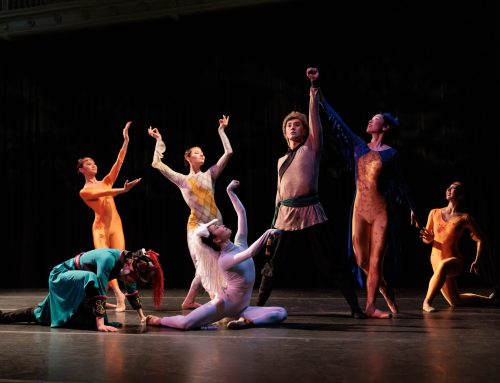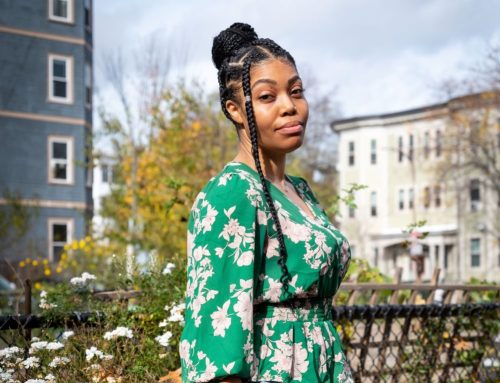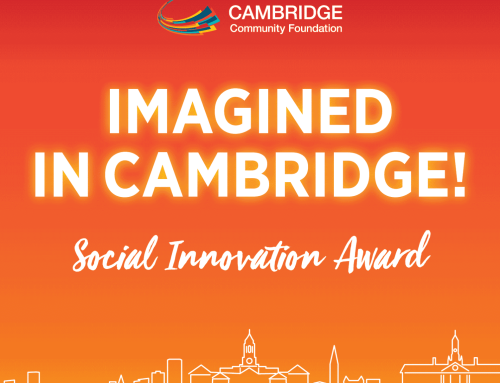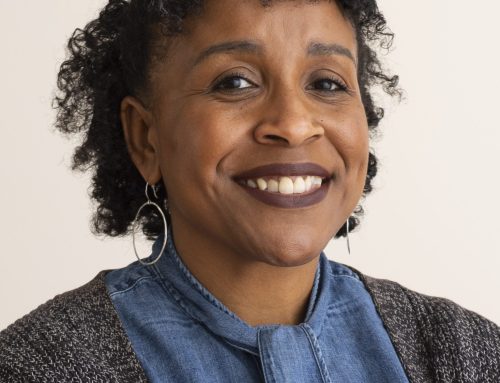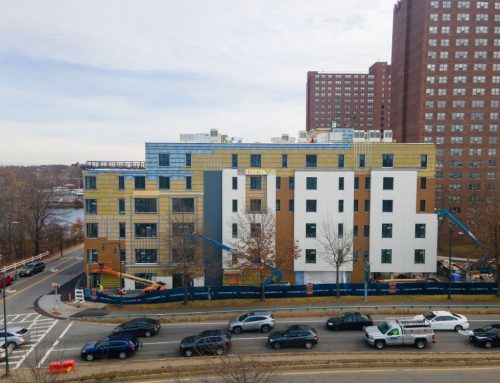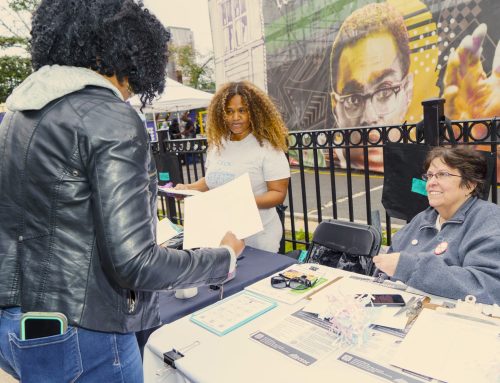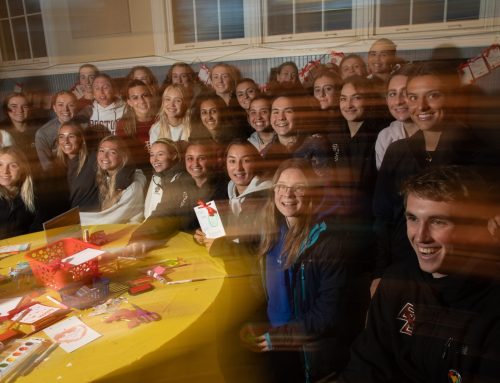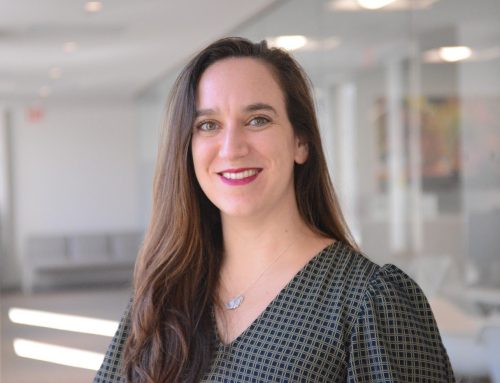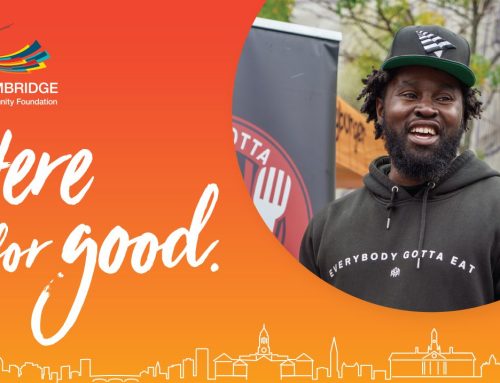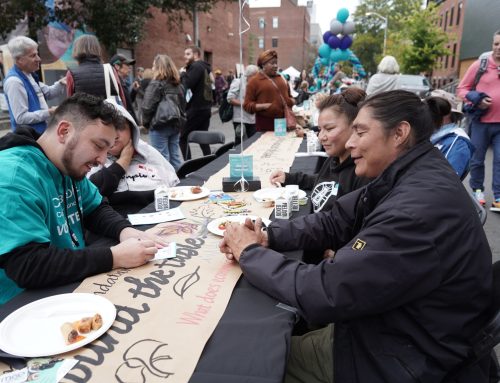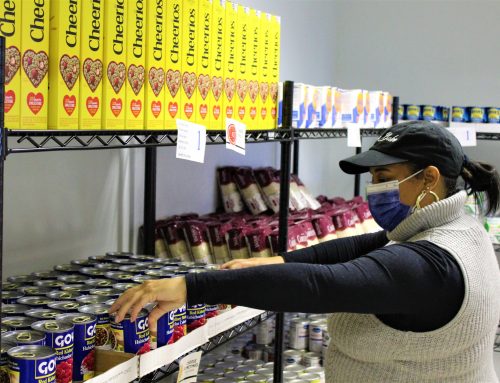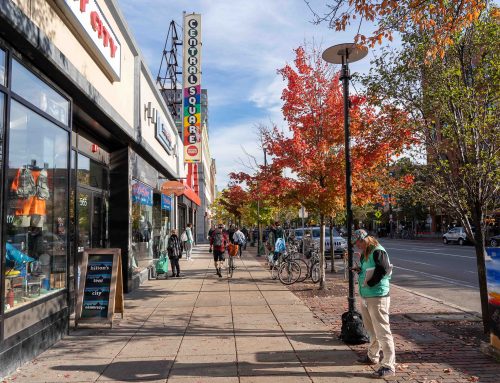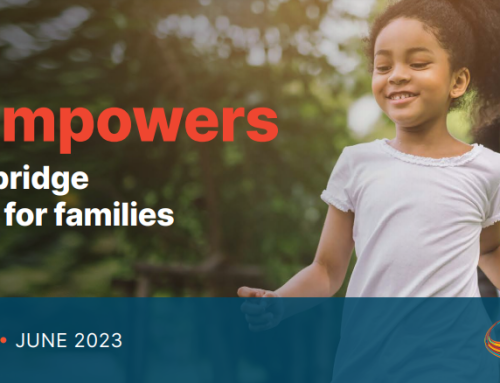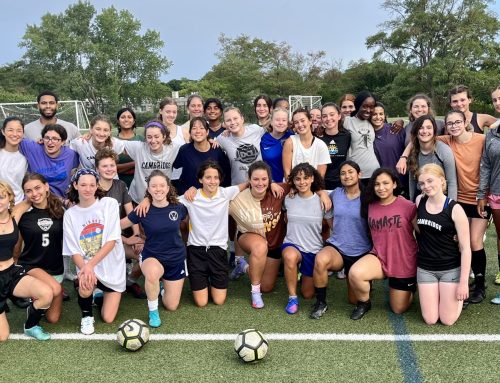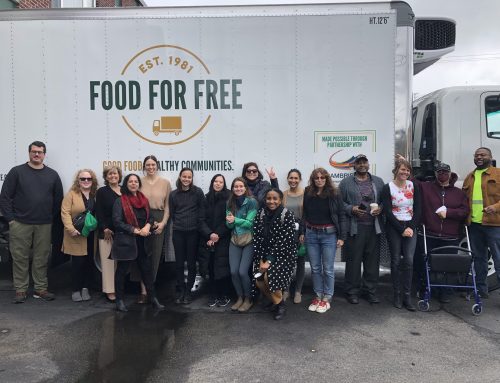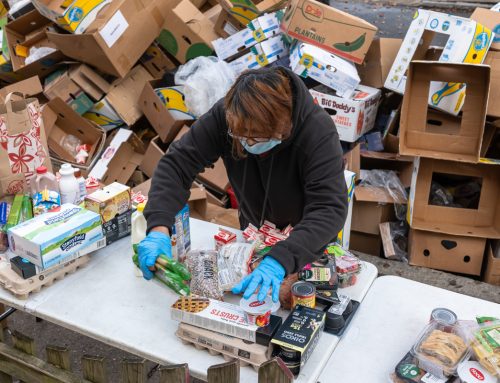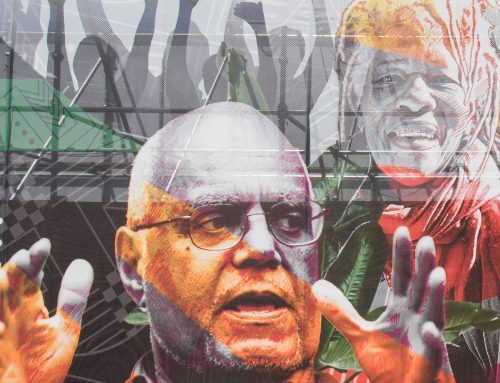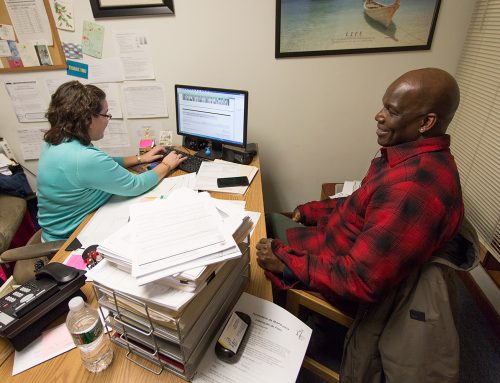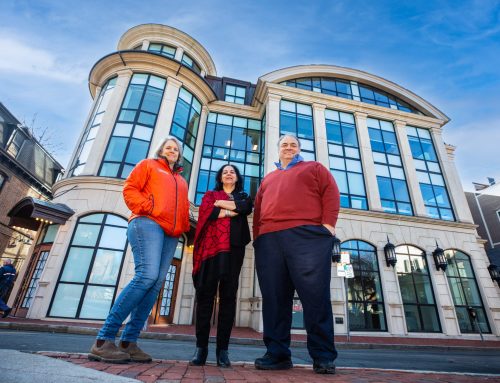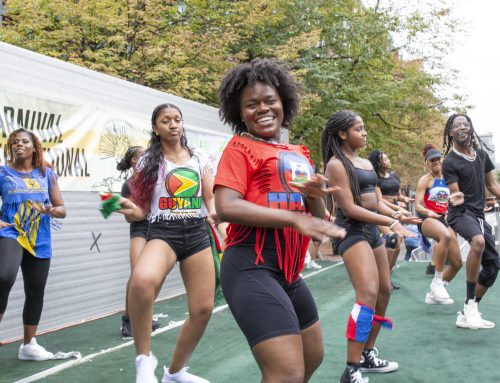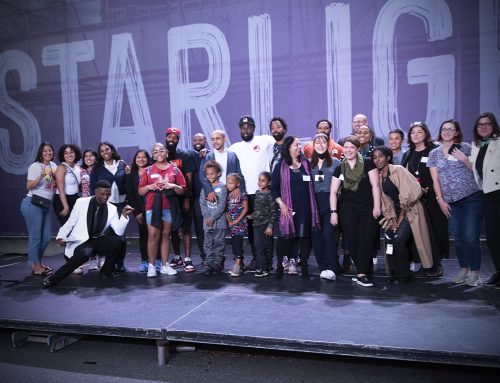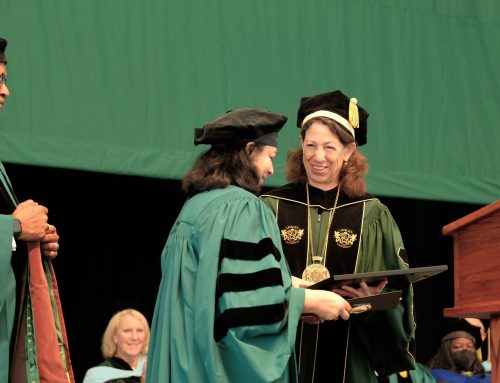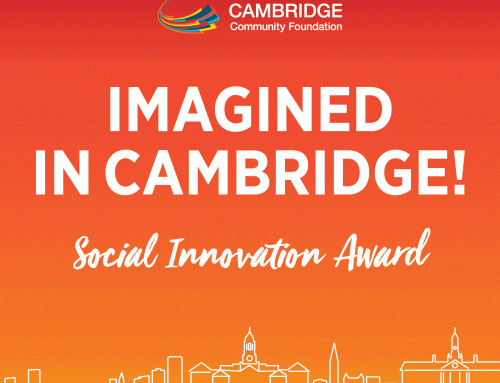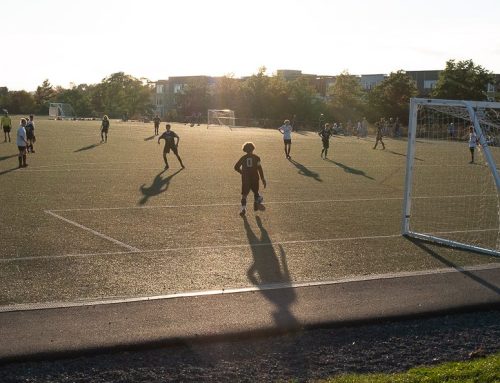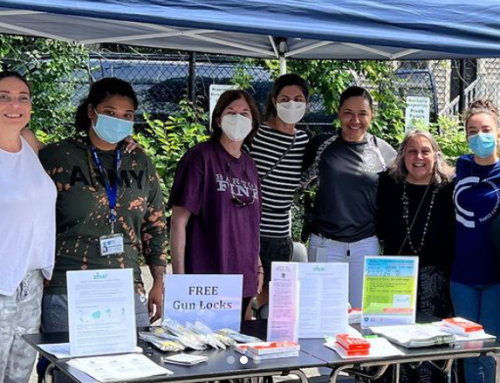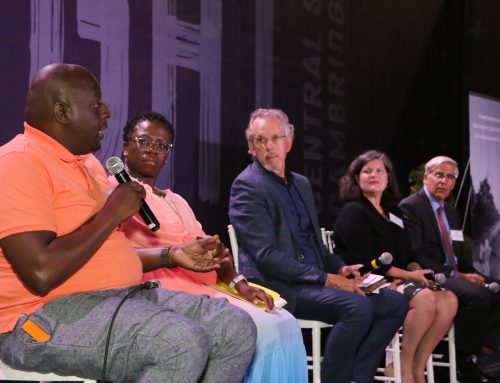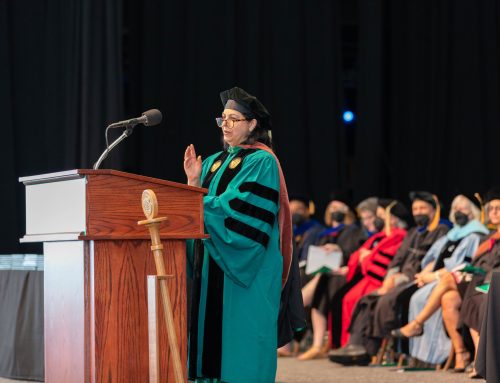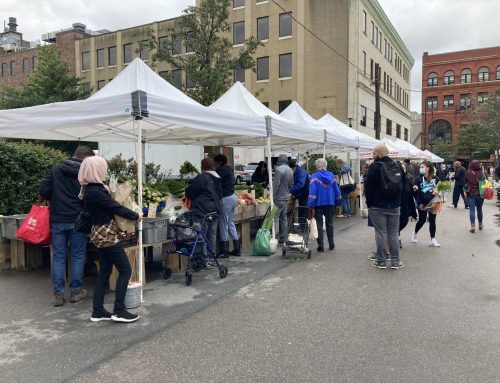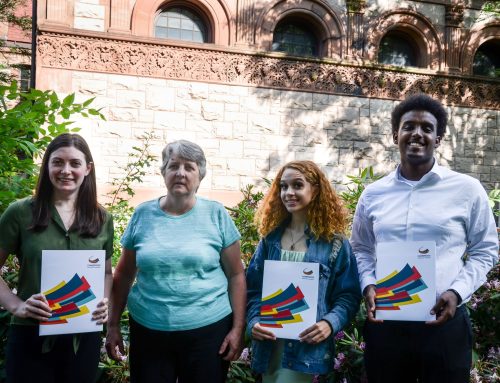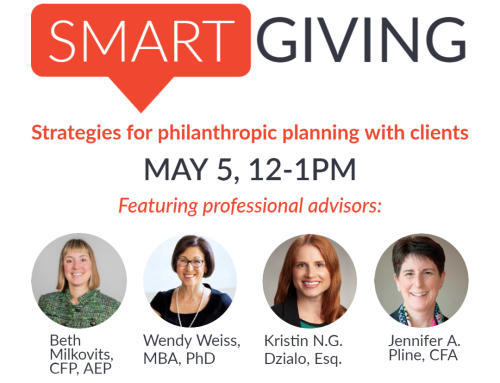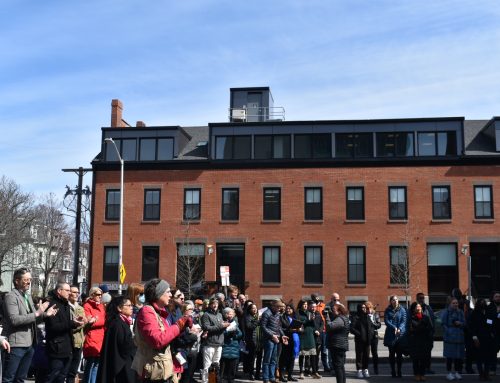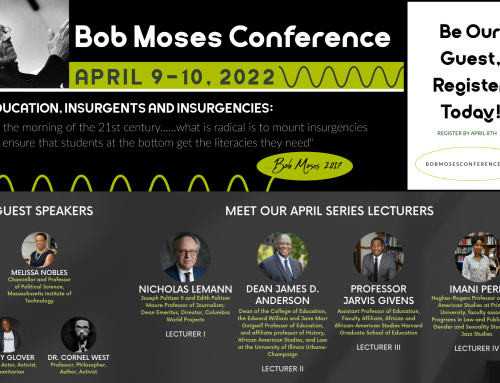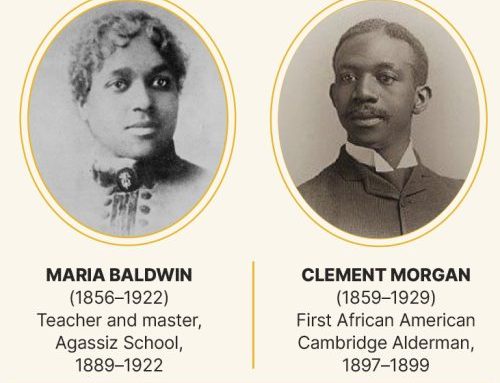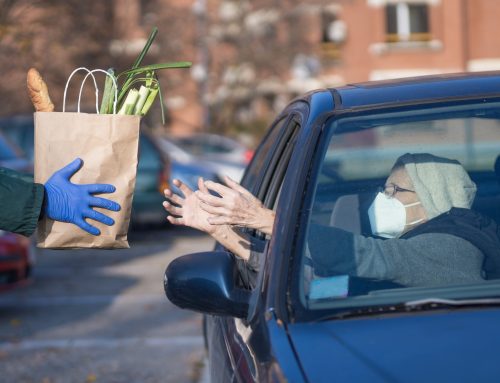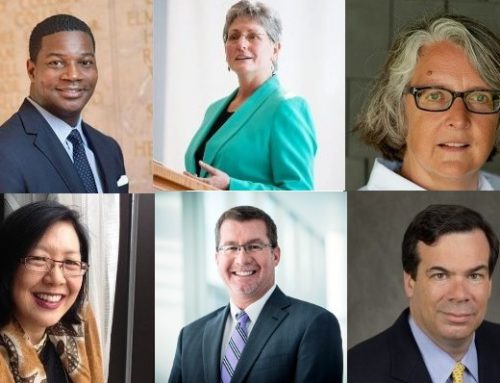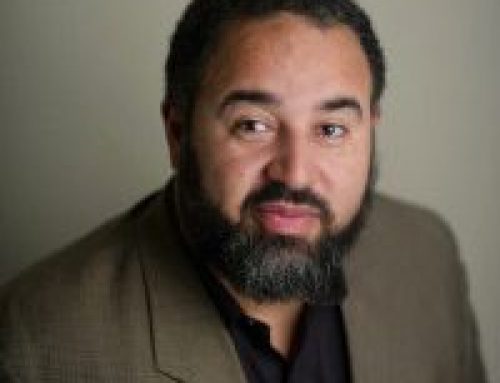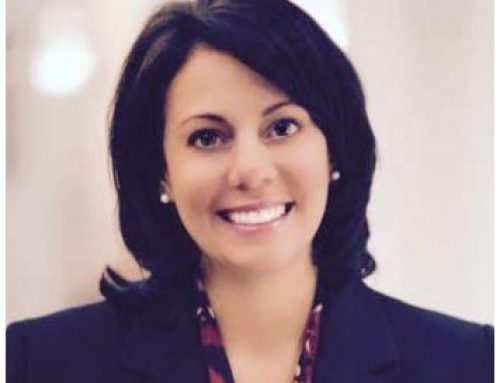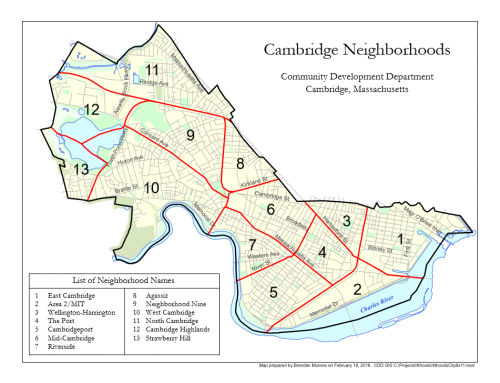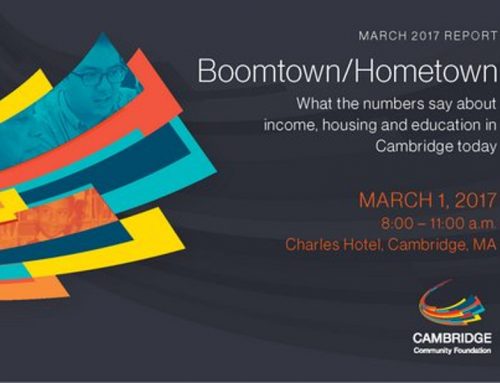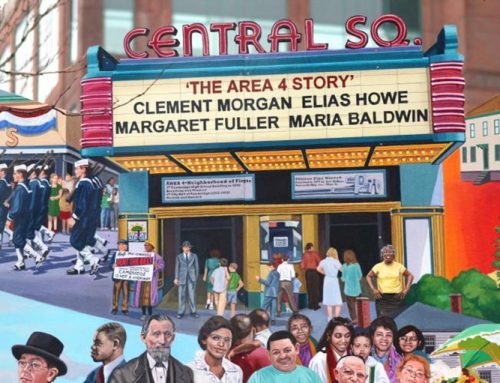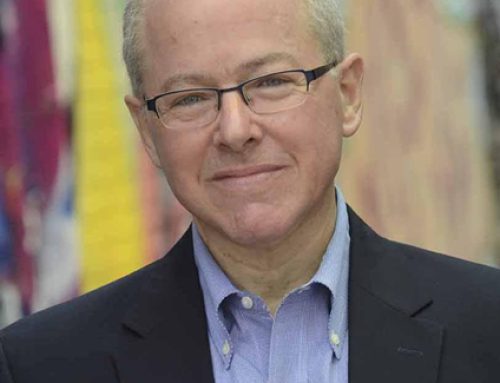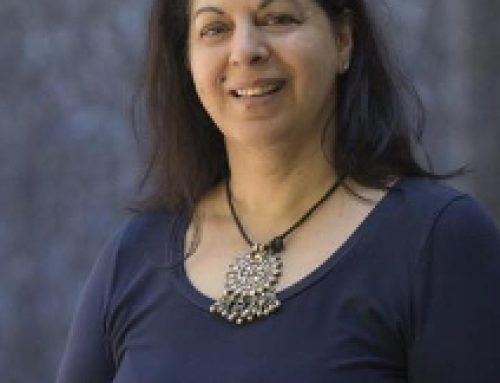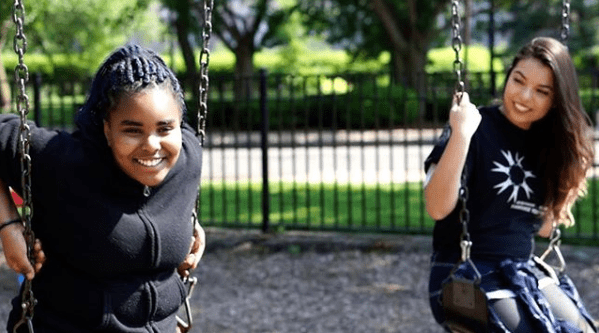
Photo courtesy of Cambridge Agenda for Children Out-of-School Time
Cambridge is full of bright opportunities for its young residents. With a vibrant nonprofit community and active arts and cultural organizations, the city offers a lot of promise to those who grow up here. Many youth and families, however, have difficulty accessing, navigating or affording the plethora of out-of-school opportunities. That’s why Cambridge Agenda for Children Out-of-School Time (AFCOST) helps youth find after-school activities that can help grow their passions and broaden their horizons through the Middle School Network (MSN).
Back in 2009, the Mayor of Cambridge commissioned a report called Shared Youth, Shared Strategies, which found that just a third of Cambridge’s middle school-aged youth were involved in any after-school activity.
According to Cambridge AFCOST Co-Director Khari Milner, the “highly problematic” low enrollment in after-school activities at that time was an unfortunate result of our city’s school system structure. Specifically, after-school programs mirrored Cambridge school’s K-8 system – offering K-8 activities that many middle graders socially grew out of and lost interest in. The findings led Milner, with Co-Director Susan Richards, to launch the MSN.
Ten years into its journey, the MSN continues to live out its mission to increase equitable access to high-quality out-of-school time programming; support students who are facing the most barriers to access and have the highest needs; and work with a very diverse ecosystem of program providers.
A model for success
In order to successfully match young people with appropriate out-of-school time (OST) opportunities, the MSN team and its members take a four-pronged approach to the work:
- Identify needs of youth, barriers to access, and systemic opportunity gaps
- Advocate in the community for the importance and value of OST experiences
- Mobilize OST program providers, school-based staff, adults who work with young people, and information channels about the wide range of opportunities available to middle graders
- Support young people directly to connect, enroll and engage in OST opportunities
The MSN has built a truly unique citywide ecosystem of youth programs, schools, families, and young people.
“This is a model for bringing people together,” Khari Milner, Co-Director of the Cambridge AFCOST, said. “We share challenges, share failures, but together we can move needles.”
This past year, the MSN had no less than 45 active OST providers participating in network meetings, evidence that the MSN has built a strong community of practice around serving middle school youth both in and out of school.
MSN team members called MSN Youth Connectors are now present in CPS Upper Schools 10-20 hours per week, meeting individually with students to introduce them to OST opportunities. Youth Connectors spend the rest of their time in Cambridge Youth Centers, which offer free, specialized programs for middle graders.
Each Upper School also has 1-2 “MSN OST Specialists,” faculty members who work collaboratively with Youth Connectors to support the OST needs of their schools’ students, families and staff as well as the overall goals of MSN.
The results of their work are clear: the MSN’s outreach annually reaches all 1,300 6th-8th graders in Cambridge Public Schools. And in the past year, the MSN case management team has worked one-on-one with 225 students and their families to navigate barriers and to help them find and access OST activities that match their personal interests and needs.
Making a difference for middle school youth
At the MSN, the team has observed a few ways that OST opportunities impact the lives of youth participants. The interim coordinator of the MSN, Melinda Barbosa, said OST programs are primarily about providing youth with safe spaces where they can bring their true selves.
“We see programming have a huge impact on the social-emotional development of youth,” Barbosa said. “At that age, kids are discovering their identity, so they need safe spaces to deal with issues like sexuality, gender identity, and figuring out who they are.”
Barbosa said it’s critical that youth have an opportunity to build a strong relationship with at least one adult who is not family: someone who looks like them, guides them, and supports them.
Last year, students in Cambridge also self-reported how OST programs have made an impact on them. In Cambridge Public Schools, Milner is part of the design and distribution of a district-wide student survey, whose findings showed highly favorable social-emotional skills and competencies, such as growth mindset, social awareness and rigorous expectations from OST participation.
“In OST, students build up their efficacy and learn not to give up,” Milner said.
While 55% of CPS 6th-8th graders self-report that they attend an OST program 3 or more days per week, Milner and Barbosa are aware of ongoing barriers for some Cambridge middle school students (about 16%) who are still not engaged in OST opportunities. There are many diverse, complex factors acting as barriers for youth. Cost can be one issue, which the MSN team, the City of Cambridge, and network providers have actively cut down on over the past decade, finding ways to offer free, or discounted programming, or to work with others to find scholarships for low-income and other traditionally marginalized families.
Other tough barriers to break: some youth need to help care for a relative after school, or others just are afraid they won’t know any friends in the programs.
“Every student has diverse needs and interests,” Milner said. “We want to make sure all students feel comfortable in OST environments, so we need to case manage for individual students. That’s why we are boosting our capacity to do case management work. Communications with youth and families take time, but we’re committed to making them happen.”

